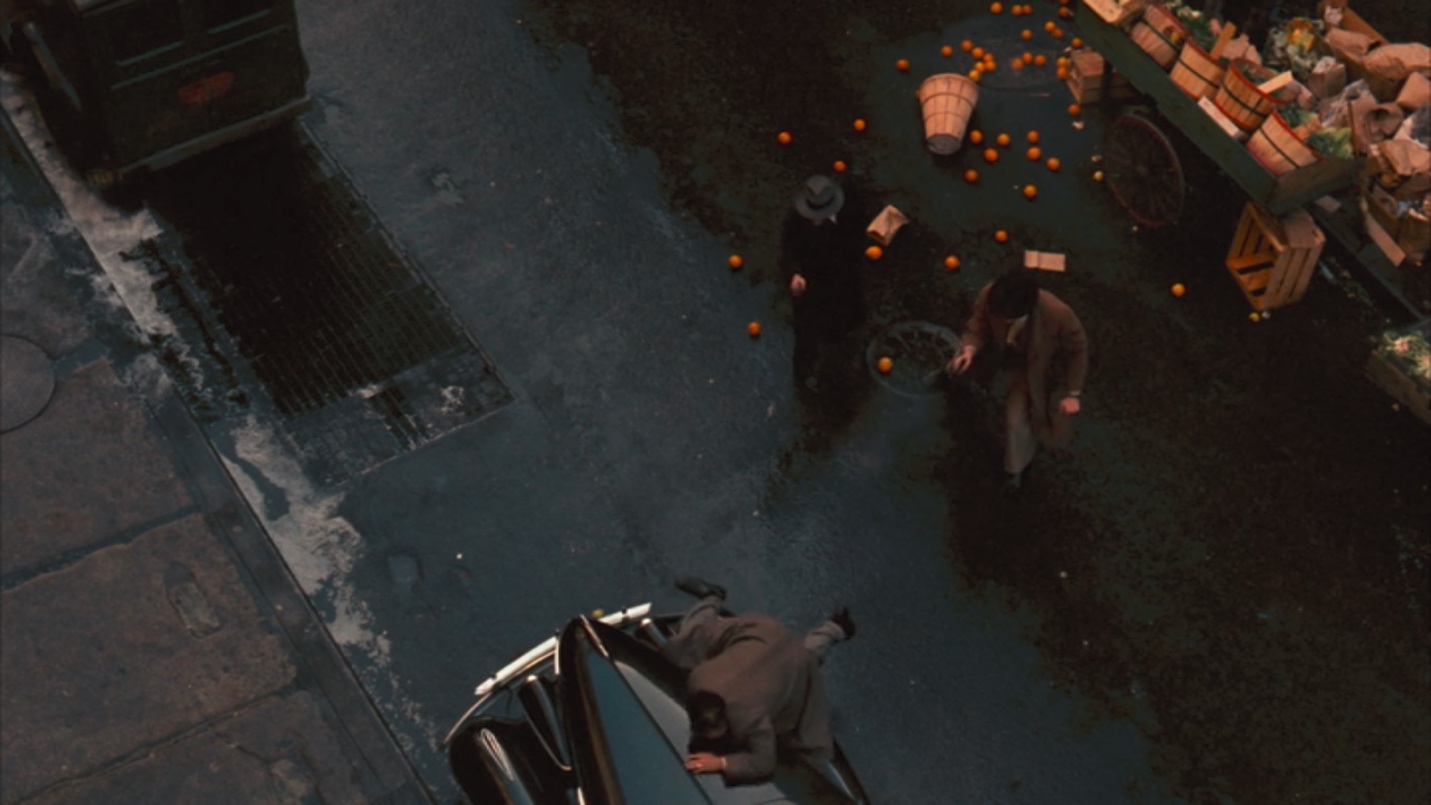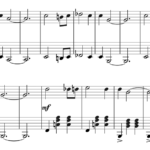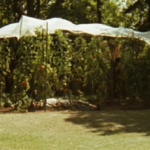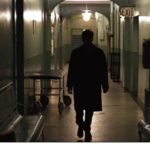Pop, Flash, Bang: Color Accents in The Godfather
By Katerina Marovich
The Godfather is a sensually ingenious movie: it lulls its viewers into a dream state with scenes of comfortable warmth, then shocks us awake through punchy pops of drama and action. This rhythm is developed, in no small part, through Francis Ford Coppola’s distinct and painterly use of color. The visual scenes of the film—brushed with broad washes of color, while featuring sharp points of accent—give us many clues and guides into the powerful world of Don Corleone and his “family business.” There is an overwhelming sense of warmth to what we see onscreen: the general palette holds soft tones of orange, sienna, and mahogany—colors that draw in the viewer and make them feel like one of the family, cozily perched in the Don’s snug office or falling in love with Apollonia alongside Michael in Sicily. Yet it’s the accents—the colors that accentuate and ‘pop’—that drive the most interest in each scene and offer the truest signs of action and meaning.
To understand these meticulous placements and punches of color, let us first delve into the most iconic example: Vito Corleone’s red rose in the opening scene.
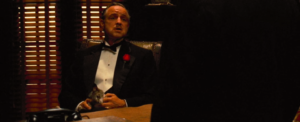
We are first introduced to Don Corleone through this vivid image of him in his tuxedo, in the dark room, with the bright red rose sported on his lapel. Our eye is immediately drawn to this gleaming source of color, as this red rose promptly becomes an image carried through The Godfather’s iconography in and out of the film itself.
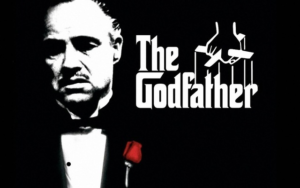
The rose, with its splash of color, is featured prominently in the posters and marketing for the film. Yet what does this red rose represent? Most obviously it is the symbol associated with love and romance. Placed over the Don’s left breast, or over his heart, it may represent passion or foretell the spilling of blood. In retrospect we can see how it foreshadows the circumstances of the Don’s downfall (how his love of his family takes his business into a crisis) as well as his ultimately peaceful end (his death of a heart attack). All of this is pulled through this pinhole image of the red rose against all the darkness surrounding him.

Even as the scene pulls away, the red rose is at the center of the frame, pin-pricking the Don’s heart with incredible precision. Although the rest of the frame is set in the soft warm oranges and browns that we grow accustomed to, this red-hot image on the breast of the Don presses all of his warmth and his love of family into a single center. From another angle, we might say that the entire family center is found within Vito—or that the passion and love and emphasis on family all derive from Vito Corleone’s own vision.
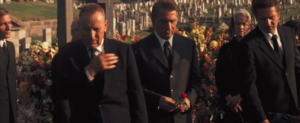
This image of the red rose returns, in a more minor key, at the Don’s funeral, as the mafiosos each leave a red rose on the grave at his burial. Barzini and the other mafiosos nonchalantly lob the roses onto the grave of the late Don, without any semblance of emotion or grace. The passion and love that these roses represent to the Don die and are left alongside Vito Corleone, and we are left with the dark mercilessness of Michael to replace him. The powerful passion that held the family center is no longer at the center as it was in the opening scene of the film, but now tossed rather unceremoniously to the grave.
However, the bright red rose is not the only warm accent that punctuates drastic images within the film and creates an indelible moment in the film. Another beautiful example is seen when Vito Corleone goes to the market and is subsequently shot by men sent by Sollozzo, “The Turk.”
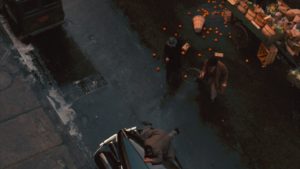
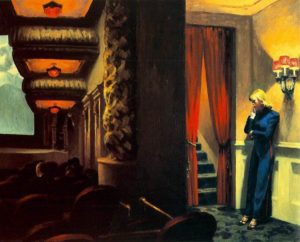
This single image epitomizes the entire scene, which unfolds in an incredibly beautiful and aesthetic way. Notice the composition of the colors in this frame, the darkness and coolness that envelops most of the frame in the bottom left-hand side. Yet the pop of warmth and orange draws the eye to the upper right-hand corner. The shot is at a dizzying angle up and away: the camera is elevated to a birds-eye view that offers both an objective and an artfully tasteful representation of the moment. The angle disorients the viewer, pulling the emotion out of the moment directly, and viewing the sequence as a ‘whole picture.’ The image recalls the genre of American realist painting—for example, Edward Hopper’s New York Movie.
A genre entirely true to the subject matter that attempts to depict the moment in a scrupulous way that also appeals to the senses. In Coppola’s American Realism, the oranges that spill onto the street speak to the life being drained from Vito as he is shot in the street—a metaphor for the blood being spilled—and stand for the disarray of the family as well. The Don descends from the warmth and falls into the cool darkness of the street on both a physical and metaphorical level.
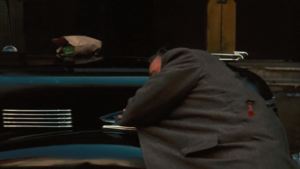
After this moment, the last instance of a warm color we see is once again the red accent of dripping blood from Vito himself. He is then drowned in a wash of cool tones and dark colors as we lose sight of this bright flash of red. We are left not knowing whether the Don is alive or dead, as the darkness of the scene envelops his entire person and pulls away our knowledge of his life. This is a distinct turn in the movie as well, as the power turns from Vito Corleone to his sons, and there is an incredibly dark shift in the way the business is run. The movie drifts into this darkness just as Vito Corleone slips to the darkened pavement in this scene.
To fully understand the impact of these pops of color surrounding Vito Corleone and his mode of managing the family business, we might contrast them with the final scene with Michael taking over for Vito in the office in which it all began.
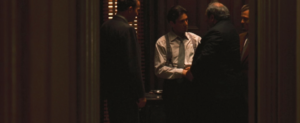
In this moment, the hues of the warm browns and oranges are dampened, deepened, almost entirely muted with the exception of Michael’s stark white shirt at the center. As opposed to this whiteness presenting purity, it can instead be seen as a beacon of harsh light. The source of all attention, much less comforting and aesthetically sympathetic than Vito’s romantic red rose. We are left with the cooled earth-tones of Michael rather than the warmth of reds and oranges associated with the late Don, and forebodingly end the movie in deep darkness. All the warmth of the family business that the viewer has come to associate with the Corleone family throughout the movie has been entirely sucked out. Nothing remains but Michael’s stark, brisk coolness.

